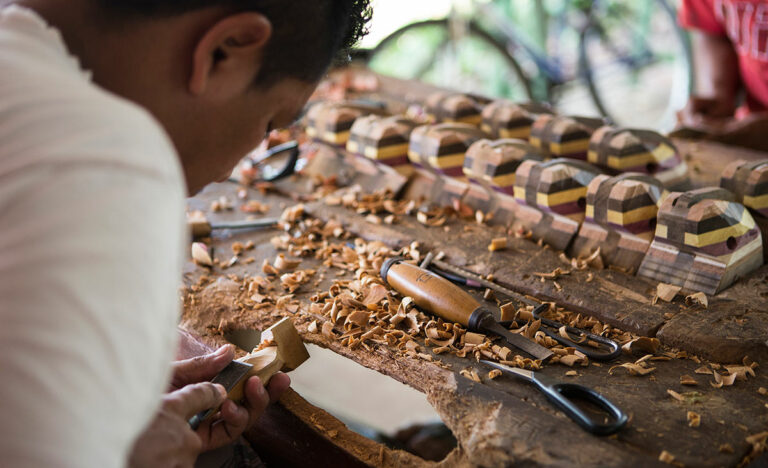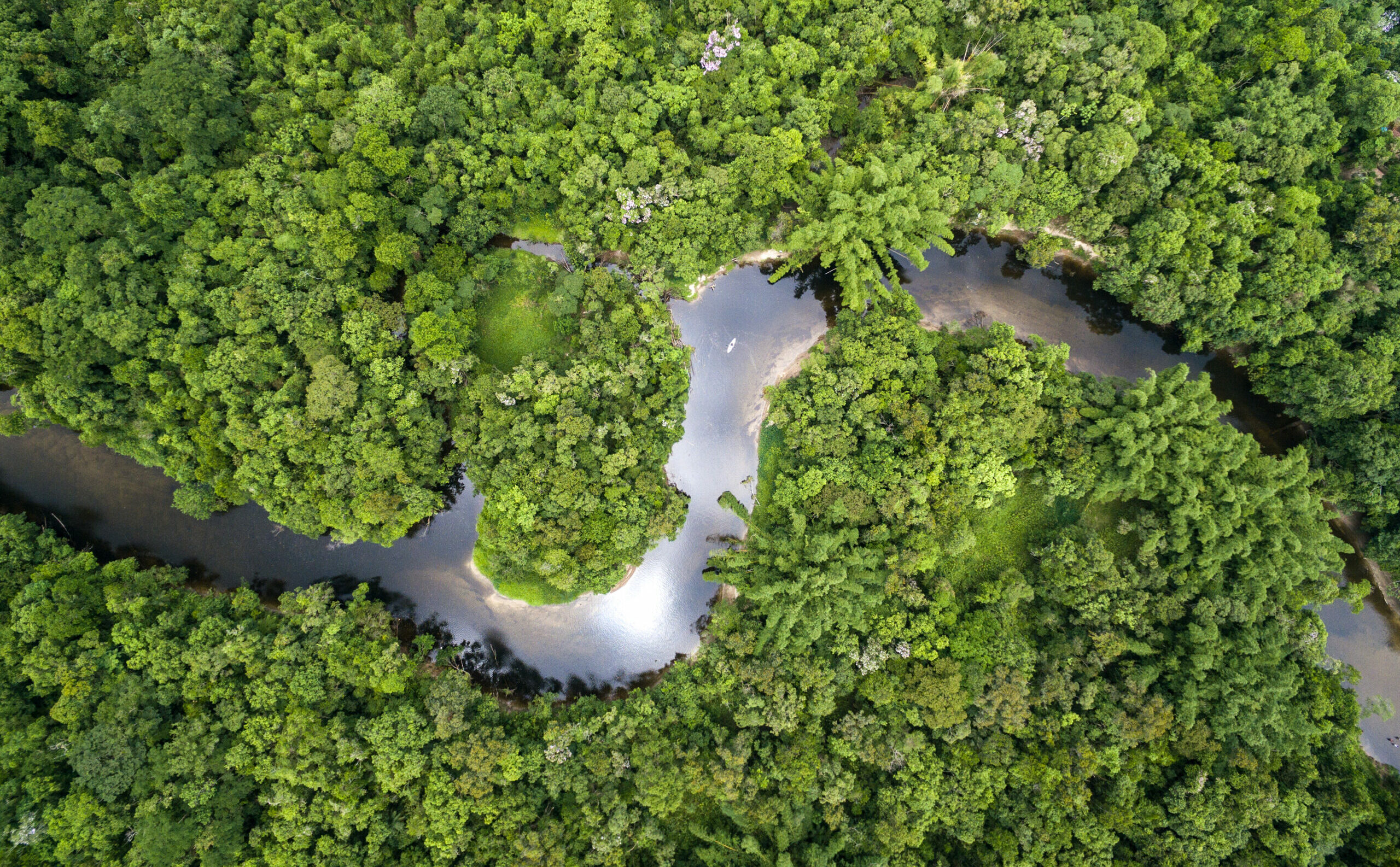
Amazon family trip: a journey through a giant world
The forest has sufficient superpowers to conquer and fascinate all ages
By Walterson Sardenberg Sº
Foreigners discovered this place long ago. Fascinated, they tell each other in detail and then recommend it to friends. They try to describe in one suitable word what they find there: exuberance. Brazilians, however, are more reticent. They hesitate before taking a seductive journey through the grandiose Amazon. Even more so when it is with children.
This is mainly due to misplaced myths, which are as ingrained as the roots of a leafy Brazil nut tree.
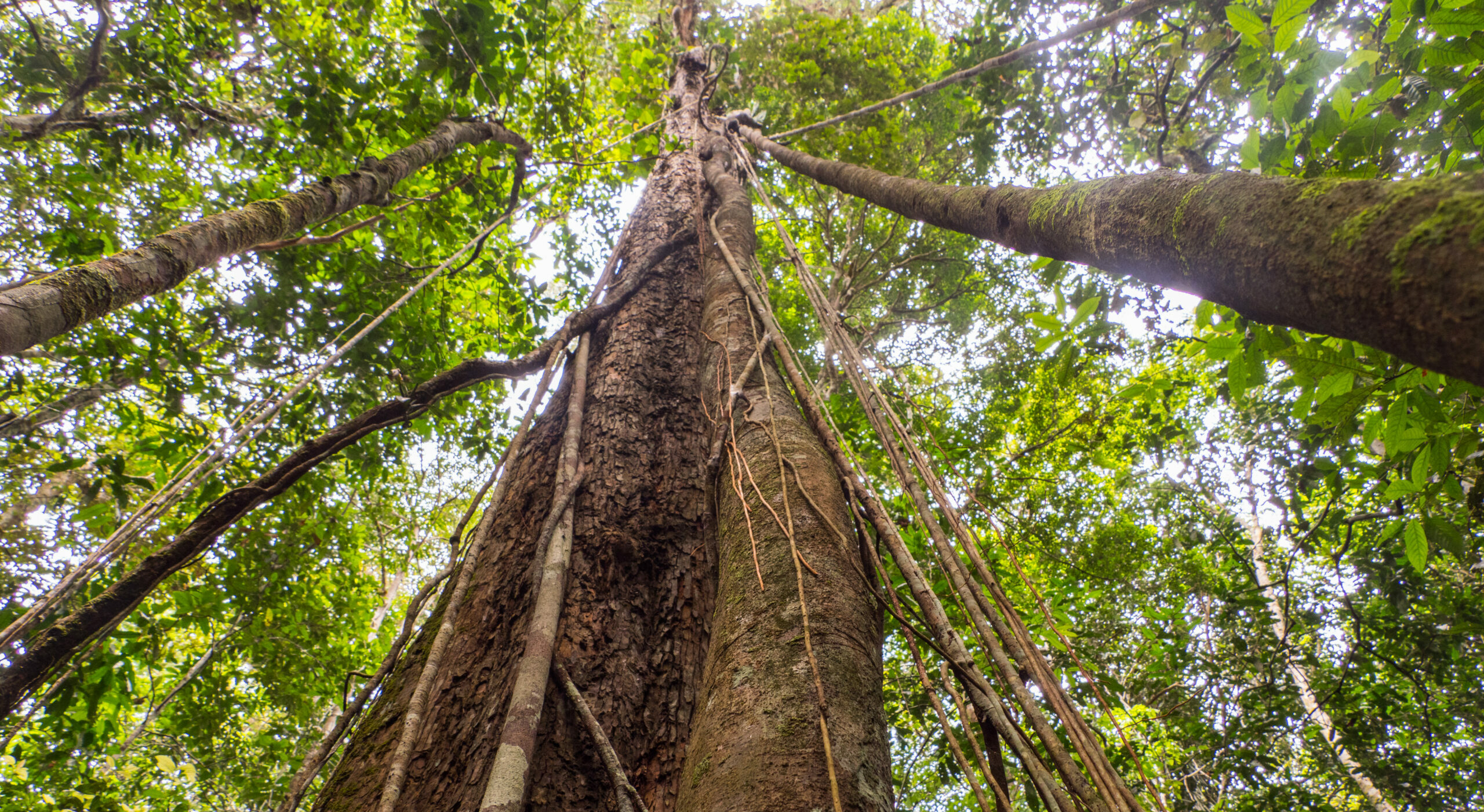
These preconceptions maintain that it is a destination infested with mosquitoes, devoid of comfort and, if this is not enough, it is exposed to the dangers of the jungle, making a family trip very difficult. Fortunately, these myths can be easily debunked, one by one, as follows.
First, the mosquitoes. Forget this concern. Most of the jungle hotels are located on the banks of dark water rivers. Some of the best cruise ships sail on them. This black water, which is the result of the decomposition of vegetation, has among other attributes, the power to prevent the proliferation of insects. The tourist Amazon that borders the Rio Negro, therefore, has fewer mosquitoes than the city where you live. And infinitely less, for example, than Ilhabela, in the state of São Paulo. It is not even necessary to apply repellent on children, although sunscreen is essential.
As for comfort, both the cruise ships and hotels are first class and completely safe. You just need to know how to choose.
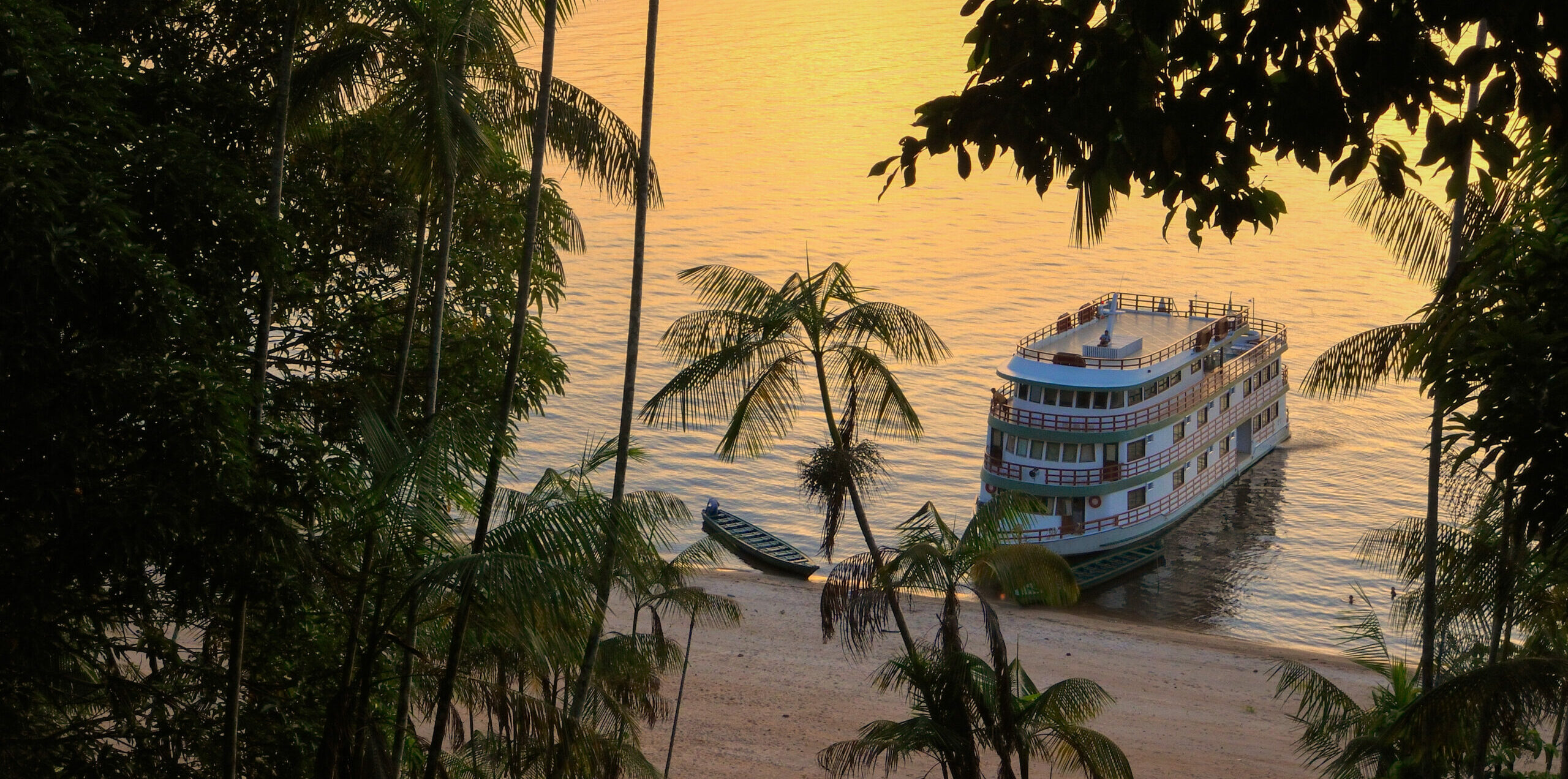
The Iberostar Grand Amazon, for example, is a five-star floating palace, with five decks and 72 good-sized cabins, although none are specifically designed for families; therefore, children must be at least 8 years old. It even has two open air pools, which are most welcome in the humid and frequent heat of the region.
The highlight of the voyage on the Iberostar is to experience the meeting of the dark current of the Rio Negro with the brown waters of the Solimões River, which keep their own colors for kilometers, side by side, until they develop into something even bigger: the Amazon River, this internal ocean with more than a thousand tributaries. The Katerre Ecotourism Expedition boats are smaller, but just as comfortable, and offer more privacy. The Jacaré-Açu holds a maximum of 16 passengers. This makes the socializing between the crew and the family even more interactive and enjoyable. Children are very welcome on board and are guaranteed to enjoy the sighting of the forest.
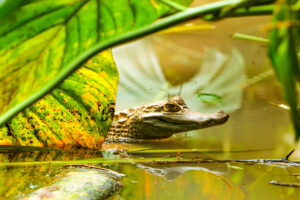


In the case of accommodation on land, it is common sense to select it according to the age of the children. Those hotels that are located deeper in the jungle — and no less safe for this — are further away from Manaus, which is the base city for the trip. For example: it takes 4 hours, between boat and car, to arrive at the 19 bungalows on stilts of the Juma Amazon Lodge, set on the banks of the river, in a more remote area. The journey can be tiring for younger children, although the older ones may love the adventure.
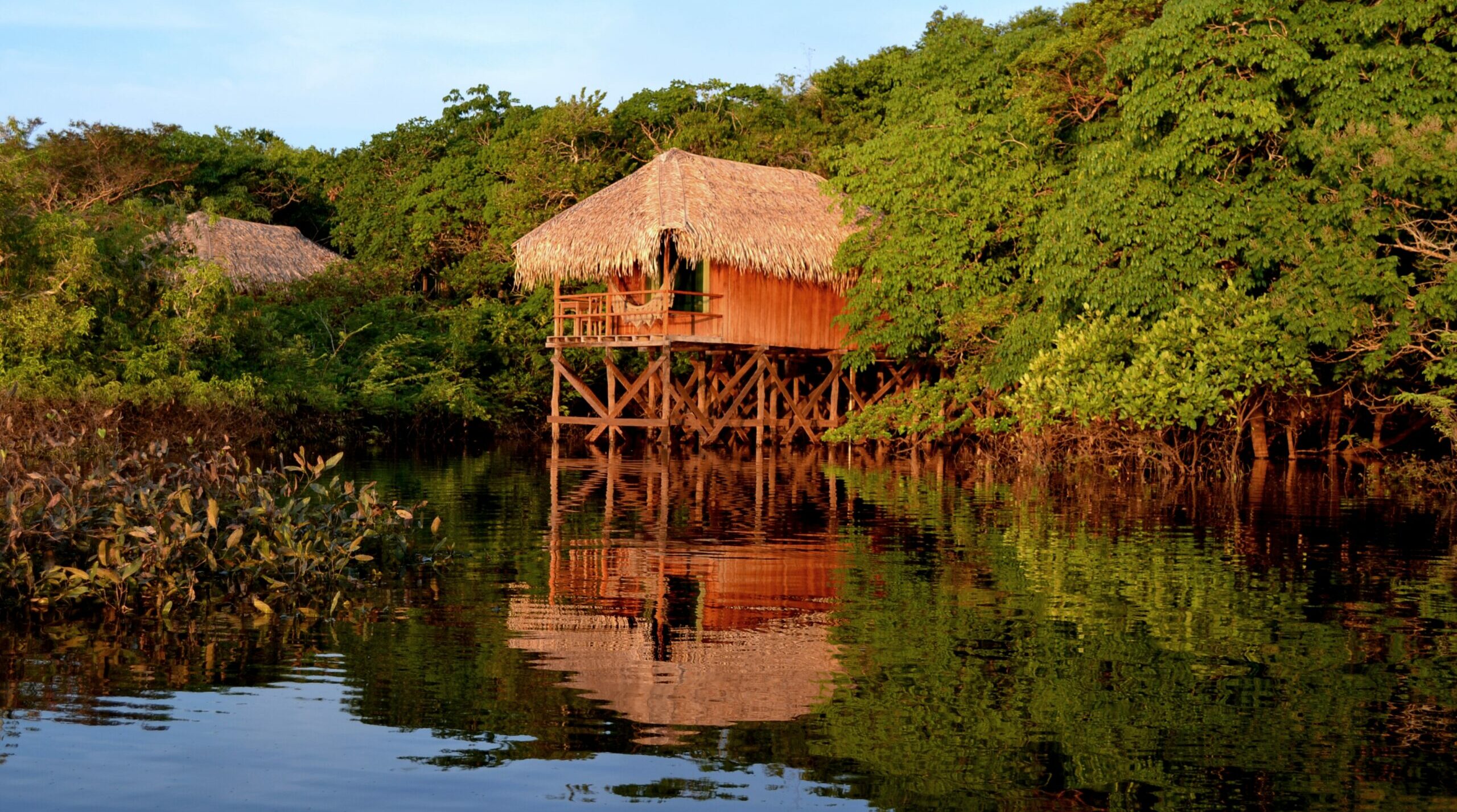
In this situation, the stylish but cozy Mirante do Gavião is to be preferred, which is located in the small town of Novo Airão, facing the Rio Negro. It is less than a 3-hour drive by car. Incidentally, it takes the same time to travel by speedboat to the Anavilhanas Jungle Lodge. The kids will be amazed: the hotel glistens in front of the Anavilhanas archipelago, which is an extraordinary group of 400 islands located majestically within the Rio Negro. There is no similar landscape on earth.
There are also very good jungle hotels close to Manaus. The Amazon Ecolodge is less than an hour away although it is no less impressive. Just to be clear: the jungle hotels indicated here excel in offering genuine and similar experiences, albeit with a greater or lesser degree of refinement. They all have an architecture that is integrated with nature, with plenty of wood and very little cement. All of them have very experienced guides, who are more than capable of revealing the secrets of the forest — and you can even visit tribes from the original populations. The hotels also serve authentic Amazonian culinary dishes, although they still have international cuisine as well.
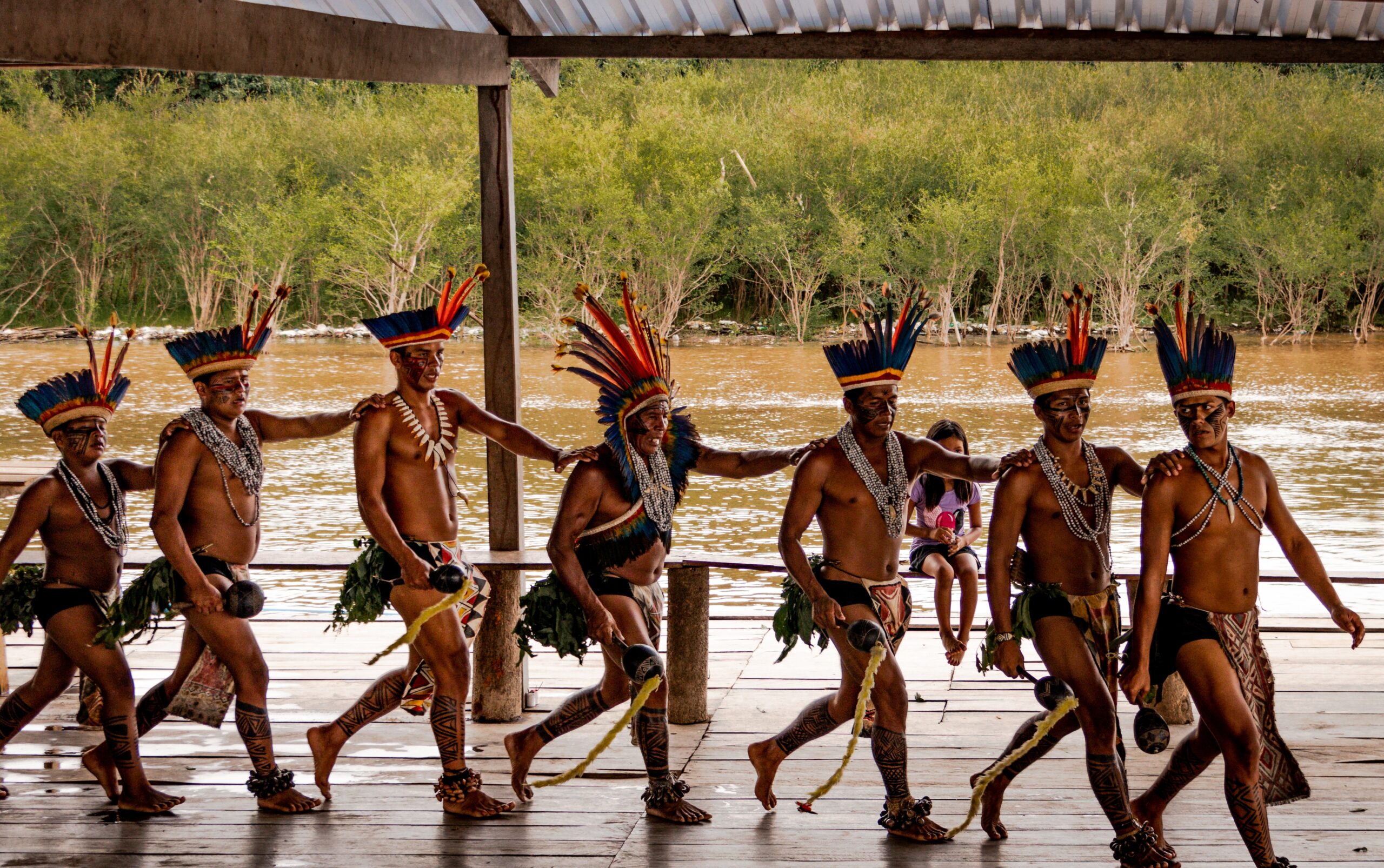
It’s a chance for the kids and teenagers to discover that there are many more delicious fruits in the forest than just açaí – which is currently so popular with them. What about bacuri? Or taperebá? There are hundreds of flavors that are almost unknown in supermarkets. The children may be shocked when they come across a fish the size of a pirarucu in the hotel’s restaurant. Found only in the Amazon, it can be up to 3 meters in length and weigh 200 kilos.
Almost everything is gigantic in the Amazon — with the exception of the riverside communities that will move you when you visit them, envisioning a simple way of life but full of dignity. There are 39,000 species of plants — and, among them, 2,500 species of trees (some as tall as a 25-story building). There are 300 species of mammals and 1,300 classes of birds. However, you will not see jaguars but you will find monkeys in abundance, as well as sloths, macaws, alligators, tapirs, capybaras and otters. Don’t worry about the risk of accidents. Animal sightings are carried out in complete safety. Even the closest ones, like the adorable pink dolphin.

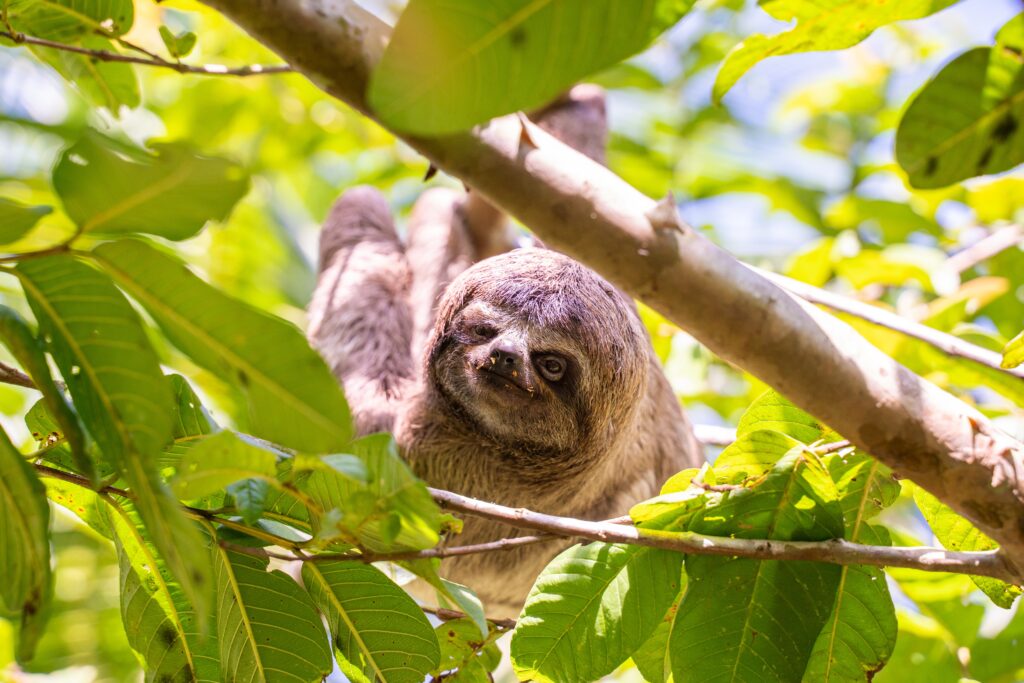

On the river trips to see the dolphin and its neighbors, the traveler realizes that the rivers are, above all, the fundamental transport link in the Amazon. They allow for everyday tasks, in this area that has 20% of all the water on the planet. Boats and canoes of all sizes, which are essential for the residents, take on board the bride and groom dressed for the wedding, amateur soccer teams wearing their kit, and boys and girls on their way to school — one world, one river.
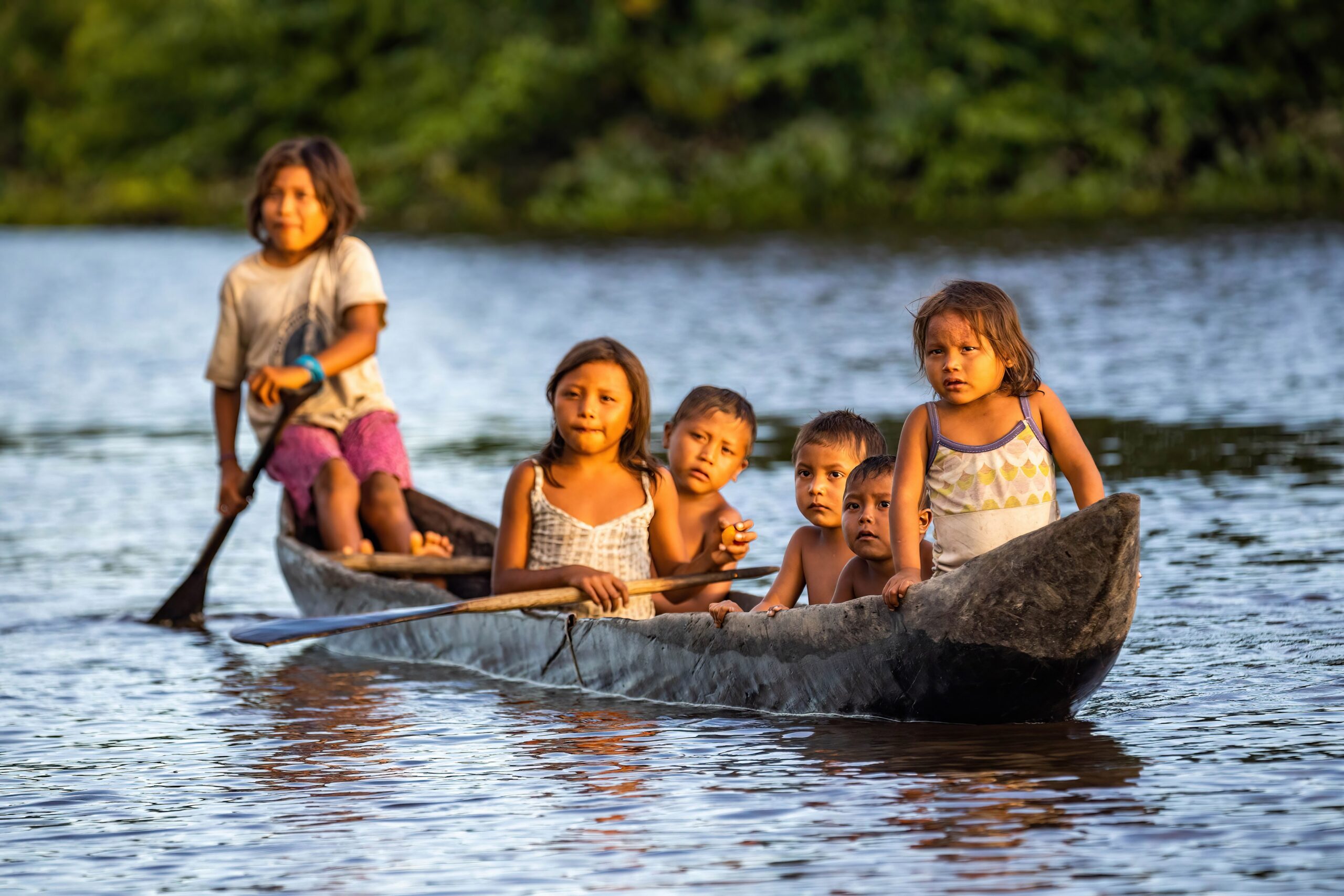
The navigation activities depend on the alternation between the “full” and “dry” seasons. In practice, this means that, from July to November, the rivers decrease their volume, even revealing assorted beaches on their beds. From December to June, however, they become full again, raising the water level by 10 meters and covering what used to be free space and solid ground. This makes it possible to navigate through areas that were inaccessible beforehand.
Regardless of the time of year, the city of Manaus will always be the point of arrival and departure. It is worth spending at least two days in this metropolis of more than 2 million people and getting used to the climate and the food. There are two very special restaurants: Caxiri, by chef Debora Shornik, and Banzeiro, by chef Felipe Schaedler, which has also just opened in São Paulo.
Becoming extremely wealthy in the nineteenth century due to rubber production, Manaus has preserved its architectural wonders of the time, such as the Teatro Amazonas, dating from 1896, and the Paço da Liberdade, from 1879, where the City Museum is now located, which has exhibits of local history. The center of the metropolis, where these attractions are located, also has first-class boutique hotels. Among them, the Juma Ópera (in front of the legendary theater) and the Villa Amazônia. Both are extremely chic. Moreover, Manaus has a hotel network that is as fertile as the forest.
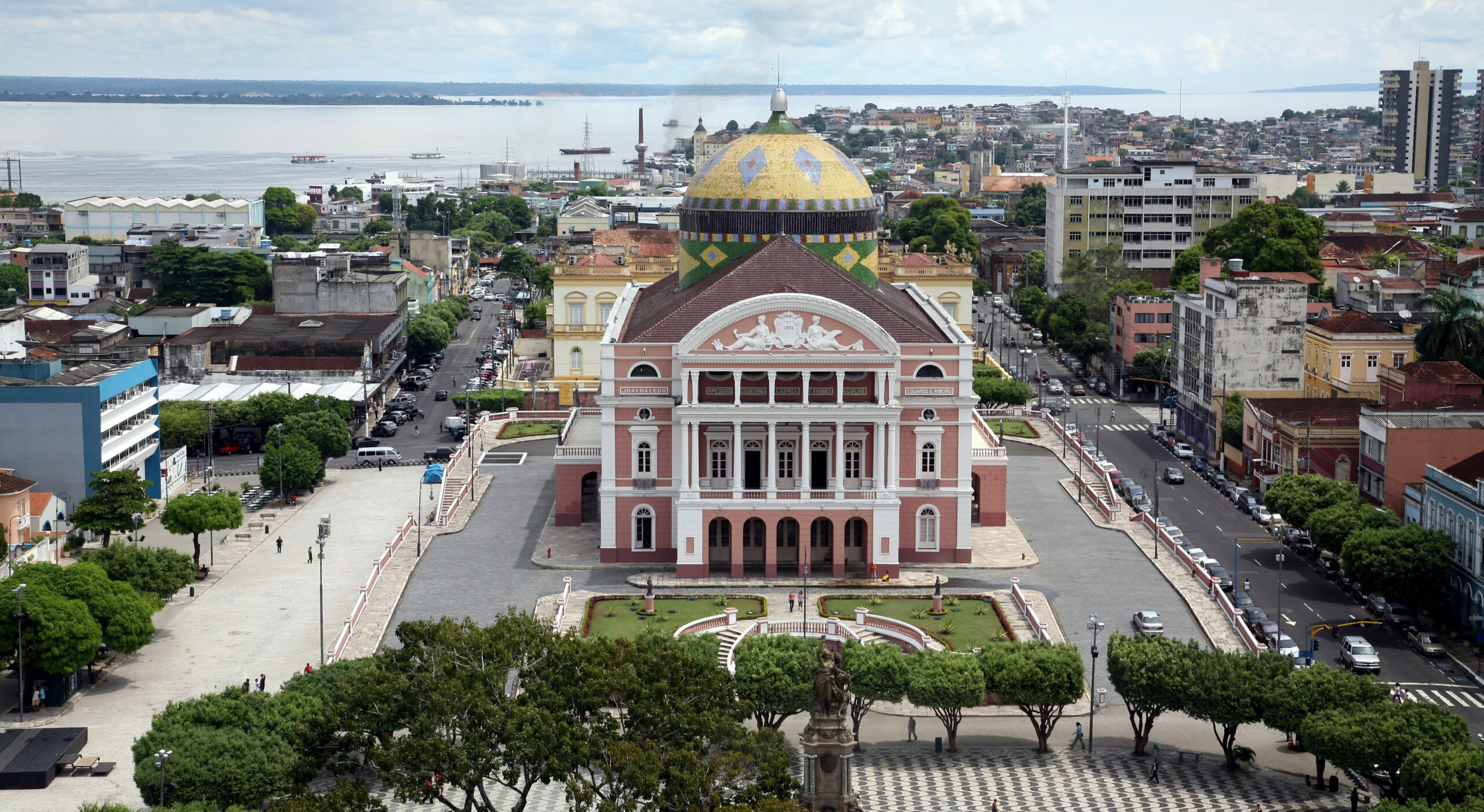
For children and adolescents, this will be a super trip, as thrilling as the world of their superheroes. It is also useful for them to appreciate with their own eyes about the importance of this ecosystem that is so full of superpowers. Moreover, it will be the role of these young people, in the future, to learn how to keep this place alive.
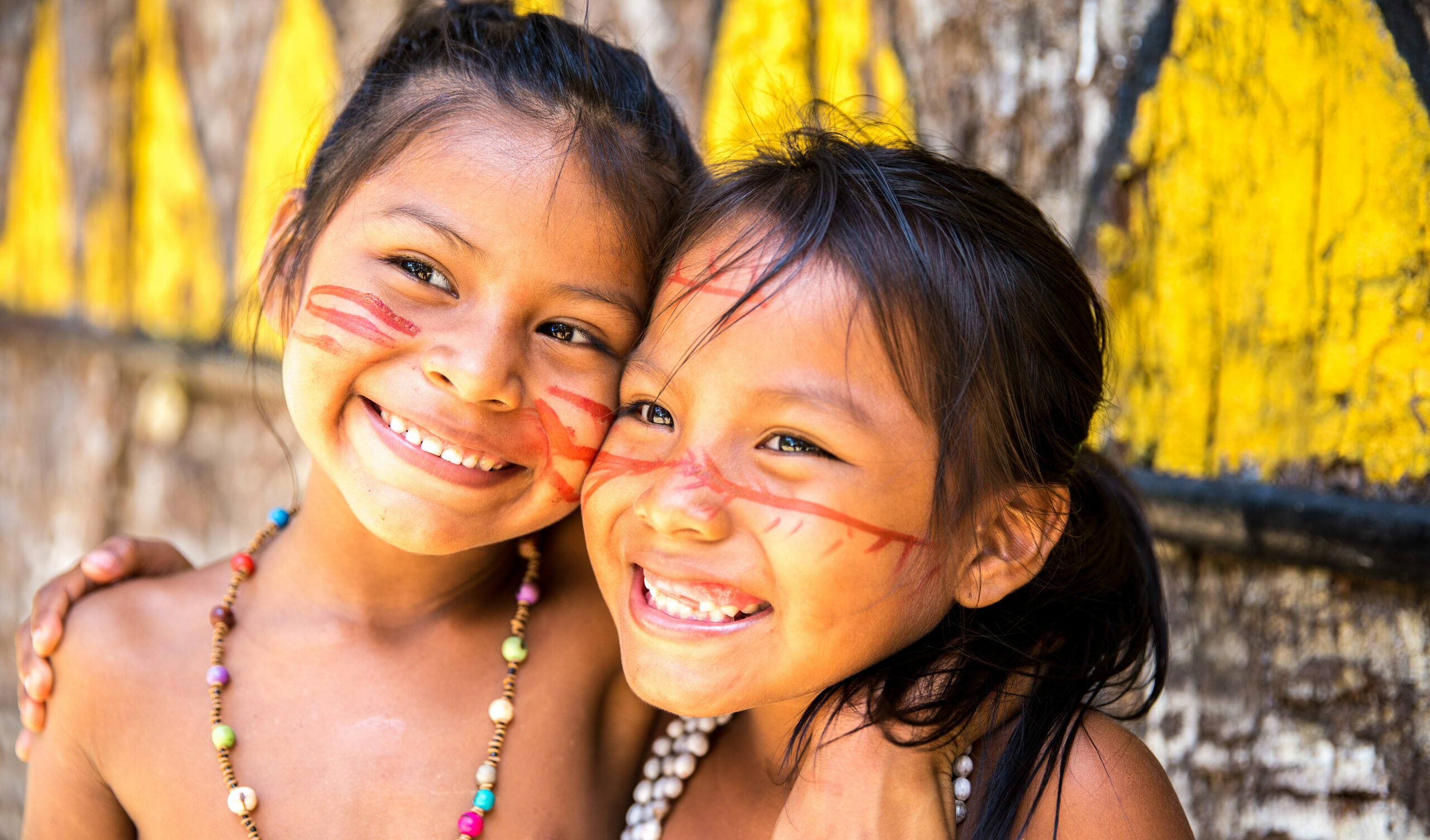
Services
Discover Iberostar Grand Amazon
Discover Juma Lodge
Discover Mirante do Gavião
Discover Anavilhanas Jungle Lodge
Discover Amazon Ecopark Lodge
Discover Juma Ópera
Discover Villa Amazônia















